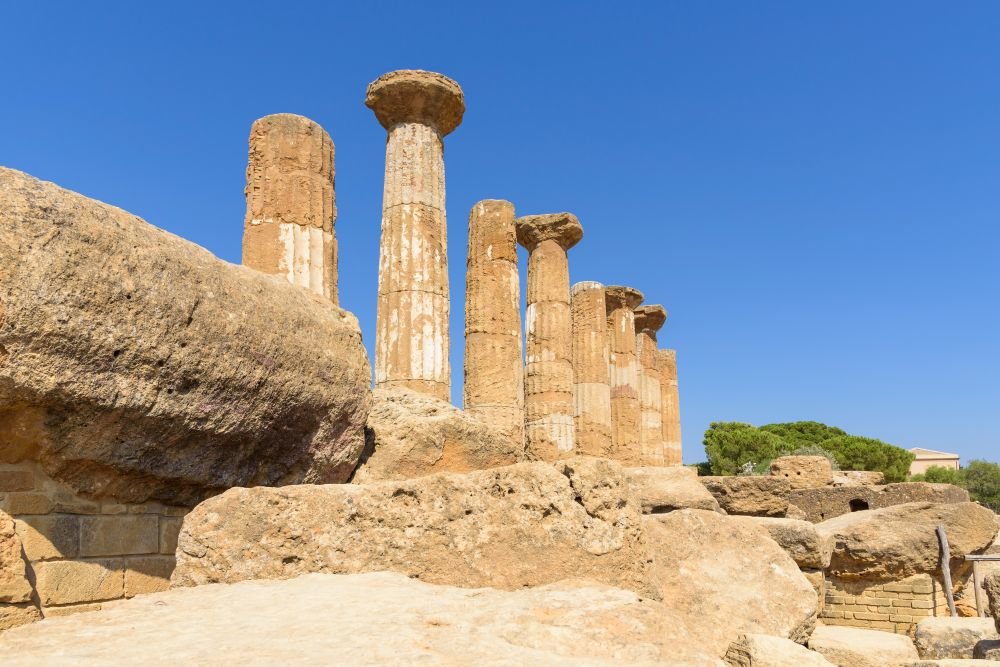An international team of archaeologists during excavations in Lebanon on the territory of the ancient Phoenician capital of Tire discovered the remains of a monumental religious complex built in the Roman period.
Archaeologists and other specialists from Lebanon, Spain, Poland and Portugal took part in the field work. They excavated the city of Tire, the Phoenician capital on the Lebanese coast. It is inscribed on the UNESCO World Heritage List.
Tire has a history of 5,000 years. It is repeatedly mentioned in many written sources, including the Bible, and everywhere it is described as one of the most important economic and political centers, which had to be reckoned with by the leading world powers of antiquity – the Assyrians, Egyptians, as well as the kings of Israel and Judah.
During the field season that ended, a team of explorers uncovered the ruins of a massive structure dating from the Roman Empire. Scholars speculate that this magnificent building was a temple complex. Dating has shown that it took a long time to build, and experts distinguish two stages of construction.
The first was the main one, it fell on the early Roman period. And at the second stage, already in the late Roman period, a large-scale reconstruction was carried out. The main building had a regular rectangular shape, it was oriented along the east-west axis.
This building was erected on a massive platform, which, in turn, the ancient builders built from huge blocks of limestone and sandstone. The entrance to the temple was decorated with two massive columns, a podium was located next to it. The walls of the building were erected from massive sandstone blocks that have hardly survived. There was probably an underground chamber south of the entrance.
The portico was oriented from east to west. He walked from the street and led to the stairs at the entrance to the building, decorated with slabs engraved with geometric patterns. By the way, earlier another sanctuary was discovered on a nearby street. It is possible that there was some kind of connection between these temples. Interestingly, a bas-relief with Egyptian motives was found in one of the rooms during excavations. It depicts the goddess Isis feeding the god Horus when he was still an infant.
It was also established that the monumental temple complex and the adjacent urban area during the early Byzantine Empire underwent significant damage and reconstruction. Scientists suggest that the temple itself was demolished at that time. A construction site appeared in its place, on which a monumental basilica was later erected.
However, it did not exist for long. Scientists have found traces of a tsunami that, in the sixth century AD, demolished the basilica along with most of the city. However, this catastrophe did not completely destroy the city. Archaeologists have found the remains of structures from later times: the period of the Fatimid dynasty, the Crusades and Ottoman rule.
By the way, Tire was originally built on a coastal island. After the conquest of this city, Alexander the Great ordered the construction of a dam, which connected the city with the mainland. It is believed that during the Bronze and Iron Ages, Tire was a thriving center of Phoenician trade, industry and crafts.
It was from here that the Phoenician settlers departed, who then founded large port and commercial cities. The most famous of these were Cadiz and Carthage. The latter is known to have challenged Rome and fought with it in the Punic Wars. We add that throughout its long history, Tyr has remained important. It still remains one of the largest cities in Lebanon.









